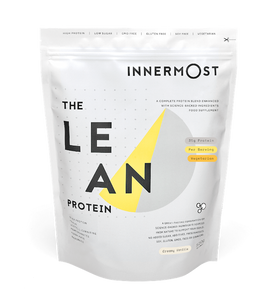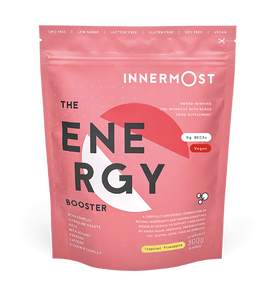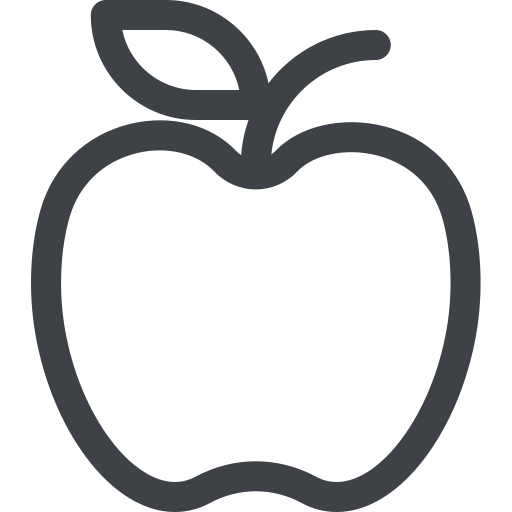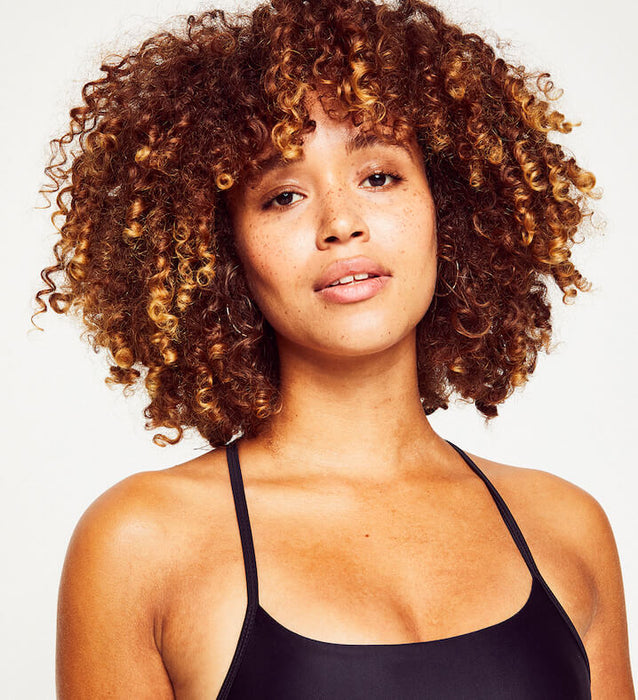Left, right, left, right - swiping through Instagram, Hinge and BBC News is basically an Olympic sport at this point. Sadly, you can’t achieve your fitness goals through thumb movements alone. Innermost have tracked down the best apps for fitness and health that will keep you on track to smash all of your workout goals and leave you feeling healthy, happy and on the best path for you.
Couch to 5k NHS
Ok, so this might not be the sexiest-sounding app out there. However, if you’re new to fitness or have previously concentrated on sports other than running (weightlifters, we’re looking at you) it’s a free, simple, well designed and effective place to start.
Pick the voice of your trainer and they’ll talk you through a series of runs and walks designed to gradually build up your stamina. The app will automatically dip your music to tell you what’s coming up next. By the end of week nine, you’ll be running for 30 minutes without stopping. Look at you go!
Nike Training Club
If you’re time short but desperate for abs that could shred cheese, the Nike Training Club is a great choice for short, sharp workouts which need little-to-no equipment. You can choose to target certain body areas and switch up the difficulty level depending how much you’re looking to challenge yourself. 185 free workout videos make this one of the best fitness apps around.
Down Dog
The name of this fitness app might scream yoga, but Down Dog offers a wide variety of workouts. What makes it stand out is how it lets you customise what you want to work on. You can choose the type of workout, what to focus on, the difficulty level, the music and the pace, and the app will create a workout tailored exactly to you.
The instructions are clear and easy to follow, and the endless customization will keep you coming back for more. There’s a free version of this fitness app, but the paid for version has more options to choose from.
Free, with the paid version costing £7.99 per month for iOS and Android
Body by Blogilates
The popular Cassey Ho rose to fame with her Blogilates videos on YouTube, which focus on an accessible yet effective form of at-home pilates. This app is a must for fans of Blogilates or those who want a reliable and exceptionally cheerful instructor to guide them through workouts.
One of the best fitness apps, it makes the list thanks to the access it gives to all of Cassey’s videos, a monthly workout calendar and an online forum, plus inbuilt challenges to keep you motivated.
Free with optional in-app purchases on iOS and Android.
Strava: Ride and Run
For anyone who has moved beyond a casual lunch break run or cycling to work instead of getting the tube, Strava is a must-download. The app tracks distance, elevation, speed, heart rate, calories burned and more, which it then synthesises into easy-to-comprehend graphics. No other app is as easy to use or as comprehensive, and it’s useful for keeping all of your fitness data in one place.
Free with optional in-app purchases on iOS and Android.
Aaptiv
This fitness app is an audio-based model. With thousands of available workouts covering outdoor running, gym sessions, marathon training and yoga, among many others, all you need to do is pick your poison, plug in your headphones and get training.
You can filter by trainer, duration and difficulty level, and every workout is accompanied by a curated playlist.
Free with optional in-app purchases on iOS and Android.
MyFitnessPal
You’ll definitely have heard of MyFitnessPal, and for good reason - it’s one of the best fitness tracking apps out there, and it’s been going strong for 13 years. If you’re looking to monitor what you’re putting into your body, warts and all, it’s a solid choice.
The database contains the calories and nutrients of more than six million foods, from homemade protein bars to packaged snacks and takeaway coffees. You can set diet goals and track your macros, and the community feature allows you to connect with other users.
Free with optional in-app purchases on iOS and Android.
Calm
You can’t smash your weightlifting goals in the morning if you don’t sleep well the night before. Health encompasses more than just workouts, making Calm one of the best fitness apps on the market. It has guided meditations, music and courses that promote a sense of calm and relaxation.
Famous for their bedtime stories which are designed to get you to snooze off quickly, you can choose from a number of celebs to guide you into slumber, including Harry Styles, Stephen Fry and Joanna Lumley.



















